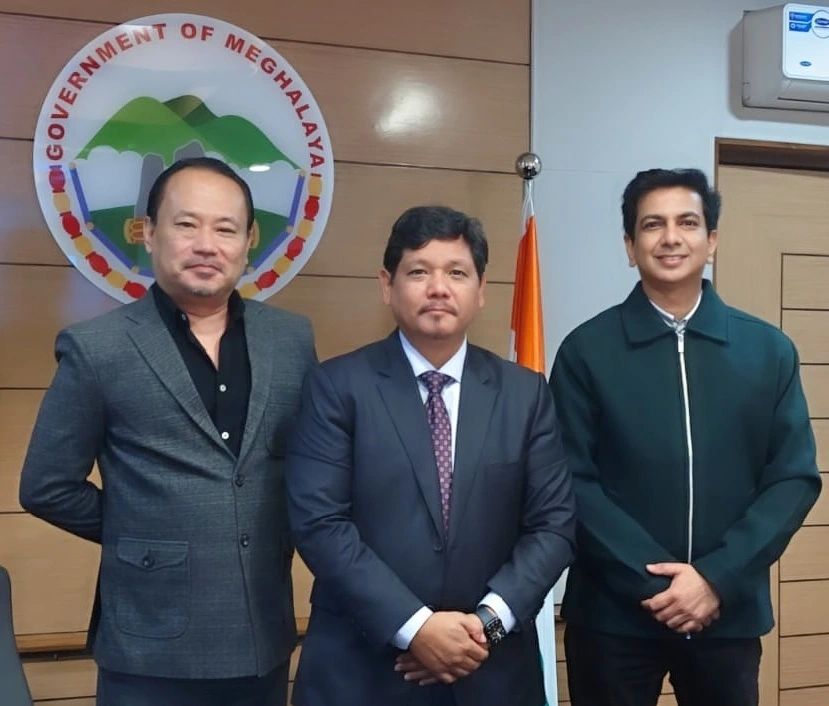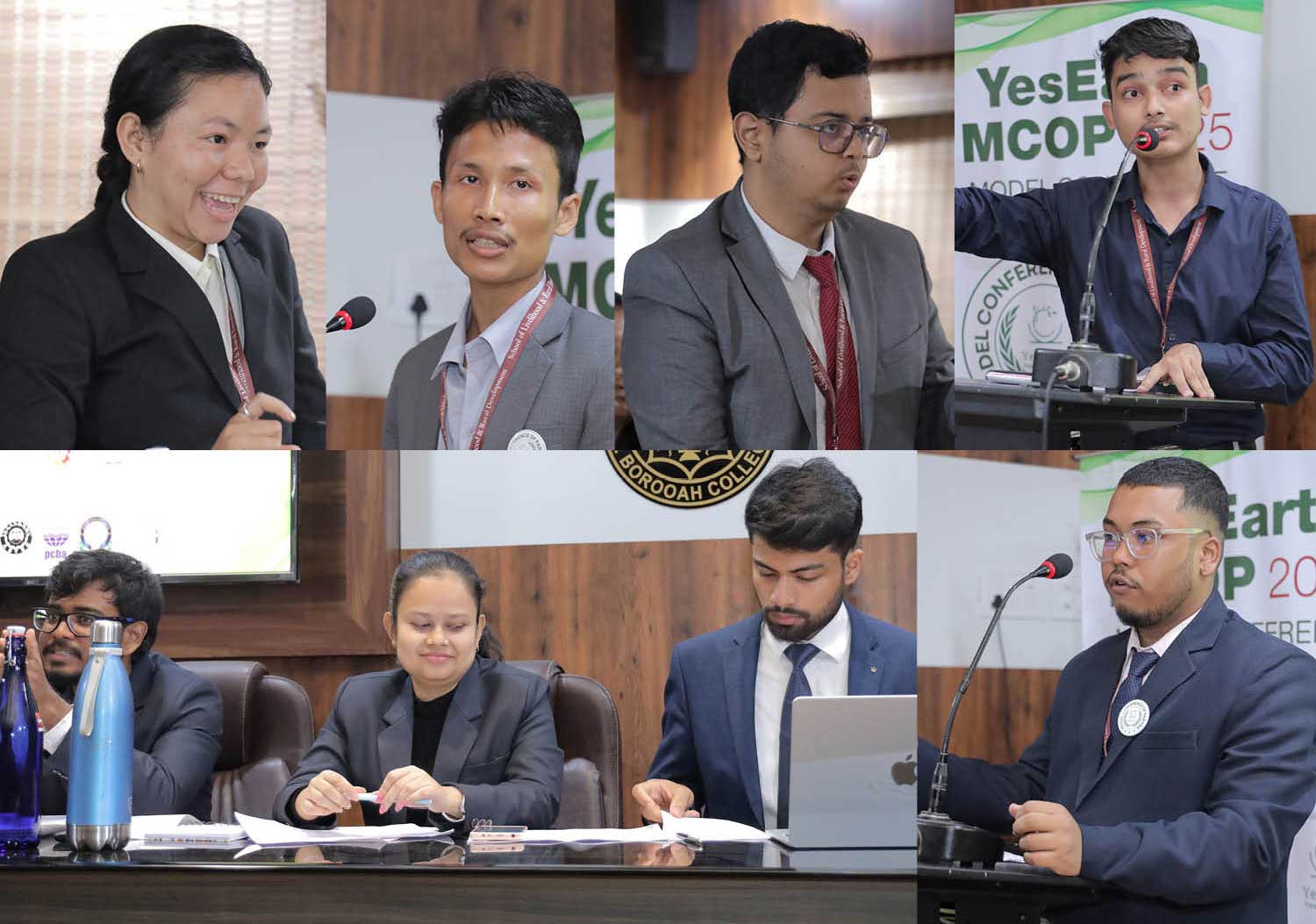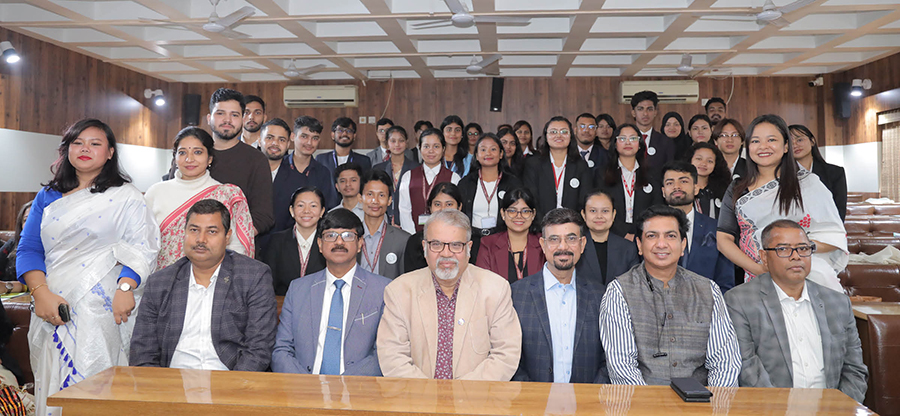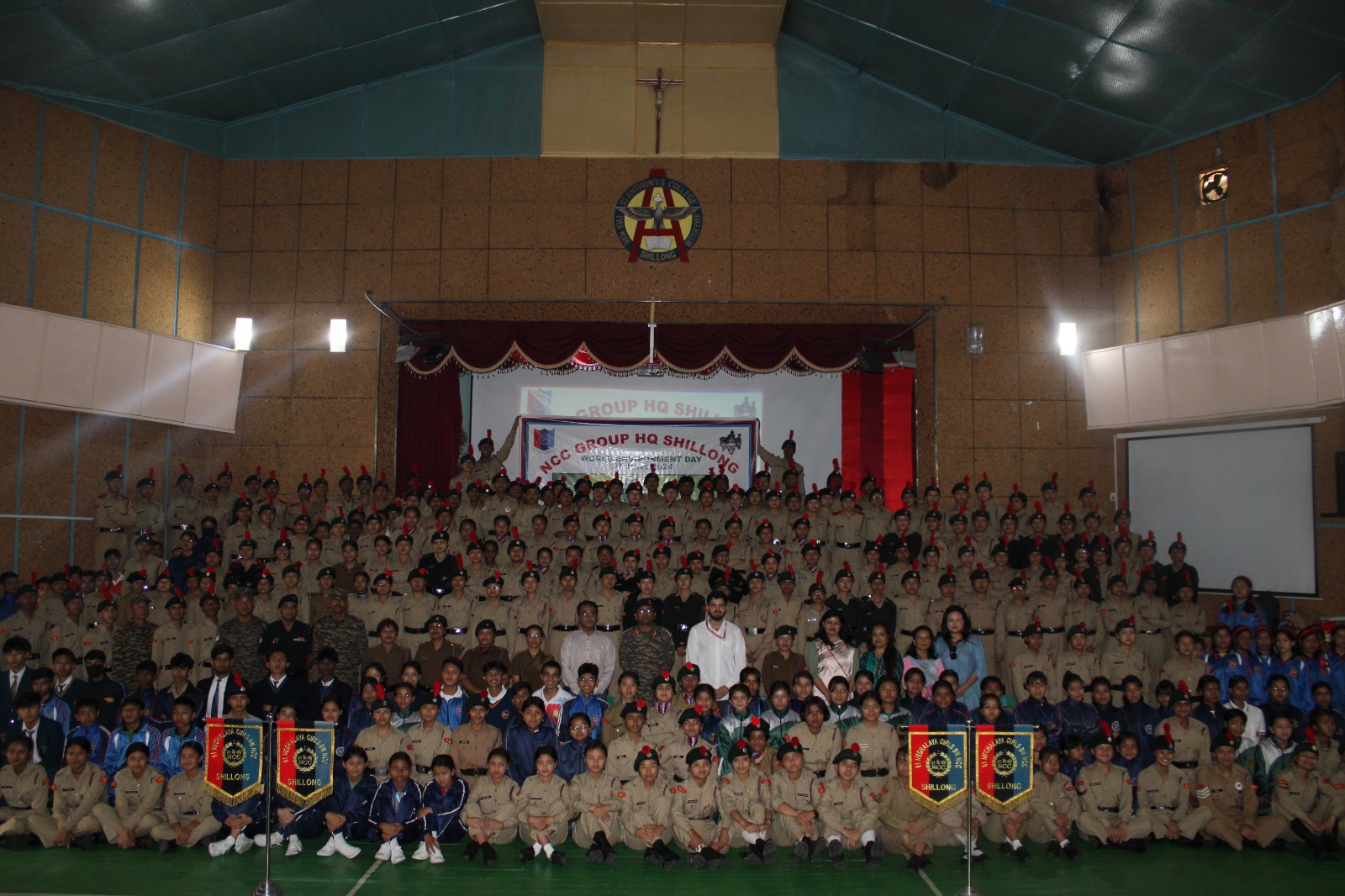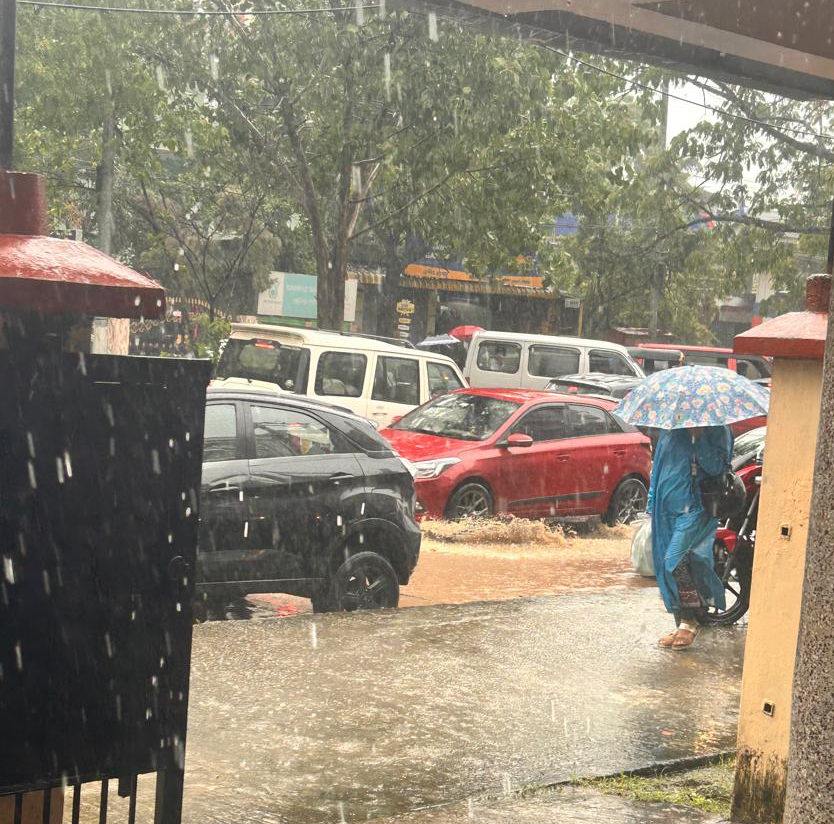When the City Drowns: Flash Floods Grip Guwahati on May 30
Guwahati, Assam – On May 30, 2025, the bustling city of Guwahati woke up to chaos. A night of relentless rainfall, combined with runoff from the Meghalaya hills, unleashed severe flash floods that submerged roads, homes, and public spaces across the city. It wasn’t just a waterlogging incident—it was a breakdown of urban resilience.
A City Underwater
Localities like Chandmari, Beltola, Hatigaon, Rukminigaon, Sijubari, and Nabin Nagar faced the brunt of the deluge. Vehicles floated down streets like boats, and in some areas, residents had to be evacuated by rubber rescue boats provided by the State Disaster Response Force (SDRF). Ferry services were suspended, and schools were forced to shut down.
Videos and images circulated widely on social media showed people trapped in buildings, waist-deep water on main roads, and neighborhoods entirely cut off. What stood out more than the visuals was the clear message: Guwahati is not ready.
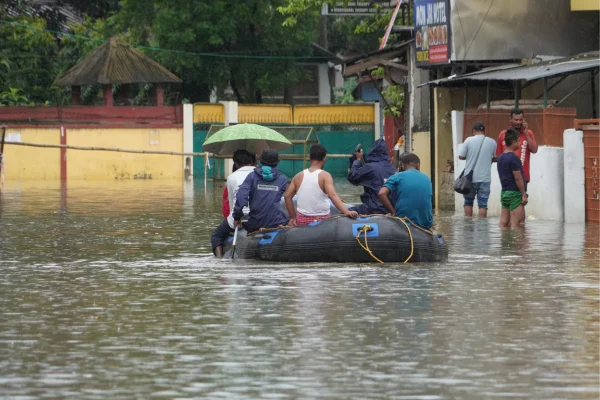
A Pattern We Can No Longer Ignore
This is not the first time Guwahati has suffered from flash floods—but the frequency and intensity of these events are increasing. Experts warn that climate change, coupled with poor urban planning, is accelerating the city’s vulnerability.
The India Meteorological Department (IMD) issued a red alert, forecasting more heavy rainfall in the coming days. The Assam State Disaster Management Authority (ASDMA) has identified 366 sites across Guwahati as landslide-prone, triggering further concerns about hill-slope safety and encroachments.
Why Is This Happening?
Guwahati sits at the convergence of hills, rivers, and wetlands—making it naturally prone to seasonal flooding. But human actions have worsened the risk:
- Encroachment on wetlands and water bodies
- Unplanned construction in low-lying areas
- Clogged drainage and poor solid waste management
- Lack of climate-resilient infrastructure
The situation in Guwahati mirrors what cities around the world are facing: a climate emergency colliding with urban neglect.
Relief and Response
The Assam Government acted swiftly by setting up relief camps in Rukminigaon, providing shelter and support to those displaced. However, questions remain about the long-term solutions.
Is flood relief enough? What about flood prevention?
A Call for Climate-Conscious Planning
Flash floods are not just about rain—they’re about preparedness, governance, and equity. The most affected communities are often the most marginalised, living in poorly serviced and low-lying areas.
To move forward, Guwahati—and other rapidly growing cities—must:
-
Invest in sustainable urban drainage systems
-
Restore natural wetlands and riverbanks
-
Strengthen early warning systems
-
Ensure climate justice in city planning
As we face an increasingly unpredictable climate, we can’t afford to treat these events as seasonal inconveniences. They are signs of a system stretched to its limits.
It’s time to stop reacting to disasters—and start building resilient cities that can withstand them.
#GuwahatiFloods #UrbanResilience #FlashFloods2025 #ClimateEmergency #ActForAssam #YesEarth #UrbanPlanning #ClimateActionNow

